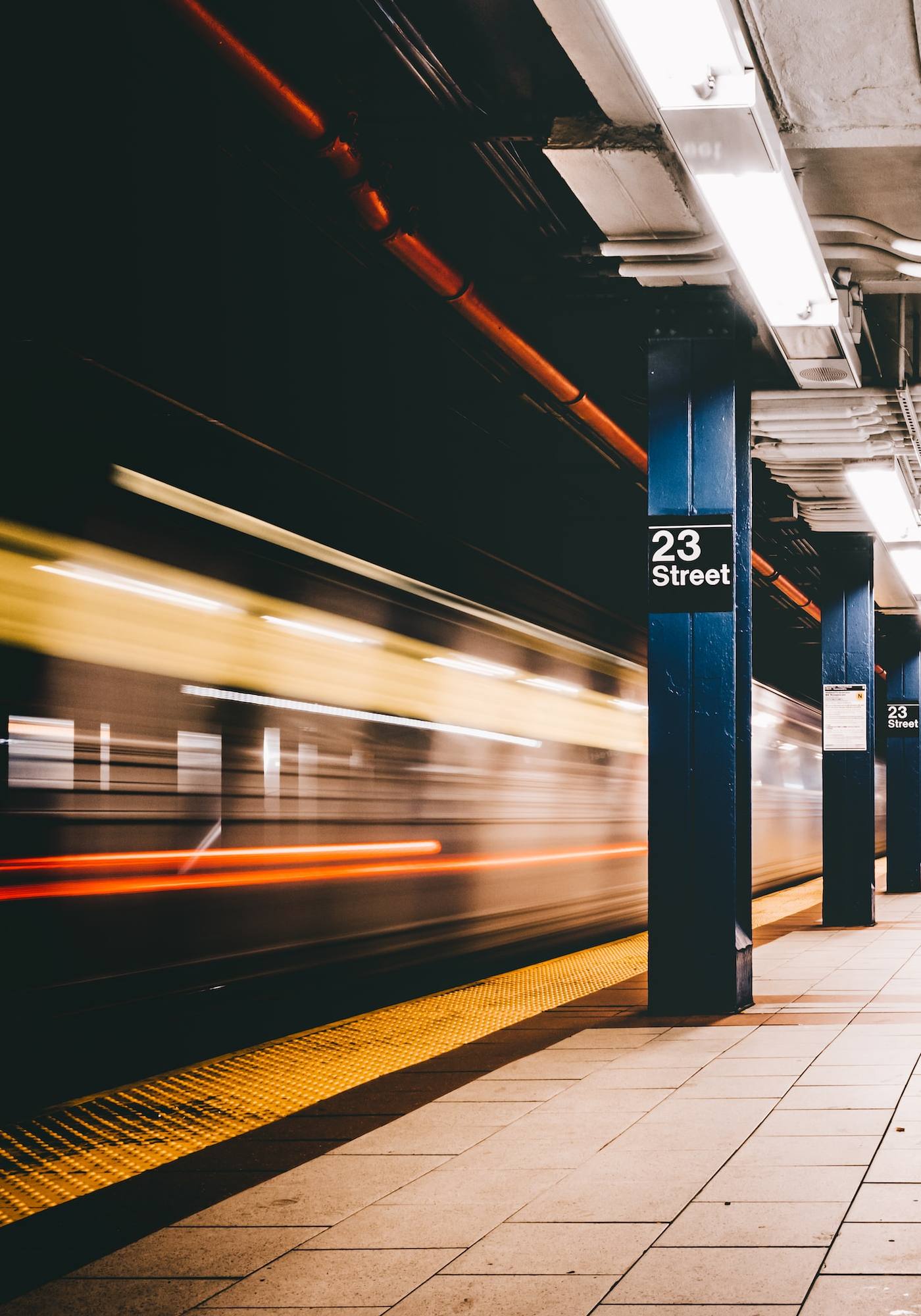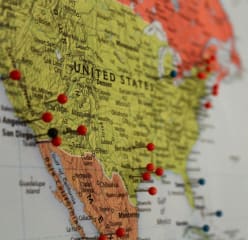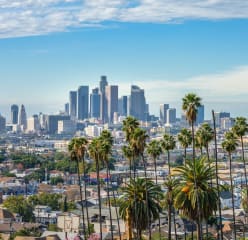The NYC subway system explained
New to NYC? Here’s your beginner’s guide to the New York City subway system and everything you should know to navigate like a local.

Opened in 1904, the New York City Subway is one of the oldest public transit systems in the world. As one of the busiest mass transit systems, the subway services more than four million riders daily.
With almost 500 stations, it is by far the cheapest and most convenient way to get around in the Big Apple.
Due to the ever-present traffic, if you can’t walk to your destination, mass NYC transit is the next best thing.
First, it may seem confusing or overwhelming (just have a look at that subway map!), but it’s more simple than it looks. Riding the subway is also a fantastic way to live like a local during your stay in New York.
The ins and outs
The city’s rail and bus system is run by the Metropolitan Transportation Authority (MTA) and is known as MTA NYC Transit. It’s relatively inexpensive, environmentally friendly, and is one of the most convenient ways to move around the city.
Above all, it operates 24 hours a day, seven days a week. Fortunately, most stations are accessible to passengers with visual, hearing, and mobility disabilities.
The subway lines are categorized numerically and alphabetically. The stops are typically located on street corners. Subway stations on the same line are generally about eight blocks apart on local lines, while the stops on express trains are usually farther apart.
NYC Transit provides access to four out of the five boroughs. Manhattan, The Bronx, Brooklyn, and Queens are all connected by MTA. The subway doesn’t travel to Staten Island though.
To get there by water just take the (free) State Island Ferry.
Or, hop on the bus.

As a tourist or a newly arrived resident, exploring the far corners of the city is an exciting way to spend your downtime. Blueground offers high-end apartments across New York City, all within a short walk of the subway.
So, you can easily discover your new home away from home.
Also, their guests have the option to change apartments if they feel like spending their stay across multiple neighborhoods. Use the subway to explore the city and perhaps you’ll get inspired to move to a new area.
Pricing
All NYC public transportation fares may vary depending on a variety of factors. For instance, how far your destination is, what time of day it is, and what day of the week it is.
No matter what, rides must be paid for using a MetroCard. No other forms of payment are accepted.
Purchasing a MetroCard is the first step to riding subways and buses in NYC. You must add a minimum value of $5.50 to your card to get started. This can be done at an automated machine or with a booth attendant.
Remember that larger machines accept cash, credit, and debit cards. The small machines don’t accept cash and the booth is cash-only.
There is always a $1 charge for the purchase of a new MetroCard, so hang on to yours and simply refill when necessary. Riders have the option to buy a pay-per-ride card, a SingleRide card, or an unlimited MetroCard.

When you use a pay-per-ride MetroCard, a single subway ride costs $2.75.
For this price, you can use the citywide system and transfer to other subway lines as many times as needed. Just don’t exit through a turnstile and the fee stays valid.
The SingleRide card is $3, from a machine and needs to be used within 2 hours of purchase.
An unlimited MetroCard allows users to ride as often as they like within a fixed time period: options include cards that last for seven days ($32) or 30 days ($121).
The MTA offers a 50% discount for seniors (anyone over age 65) and disabled riders, as well as a “bonus” credit of 5% for purchases of $5.50 or more on pay-per-ride cards.
Also, up to three children with a maximum height of 44 inches each can get on subways and buses for free when they are traveling with a fare-paying adult.
Staying updated
For the most up-to-date information on MetroCard prices, visit mta.info. You can get a free subway map from booth attendants or at any official information center.
You can also use MTA’s online Trip Planner to plan a customized route. Subway lines sometimes change routes or temporarily stop running—especially on weekends and late weekday nights—so be sure to check for the latest MTA service information on their website. Alternatively, you can call 718-330-1234 or 511.
In today’s technology-focused world, there are also countless mobile applications available. Consider downloading Moovit or CityMapper so you can get the most updated information about NYC transit right in your pocket.








